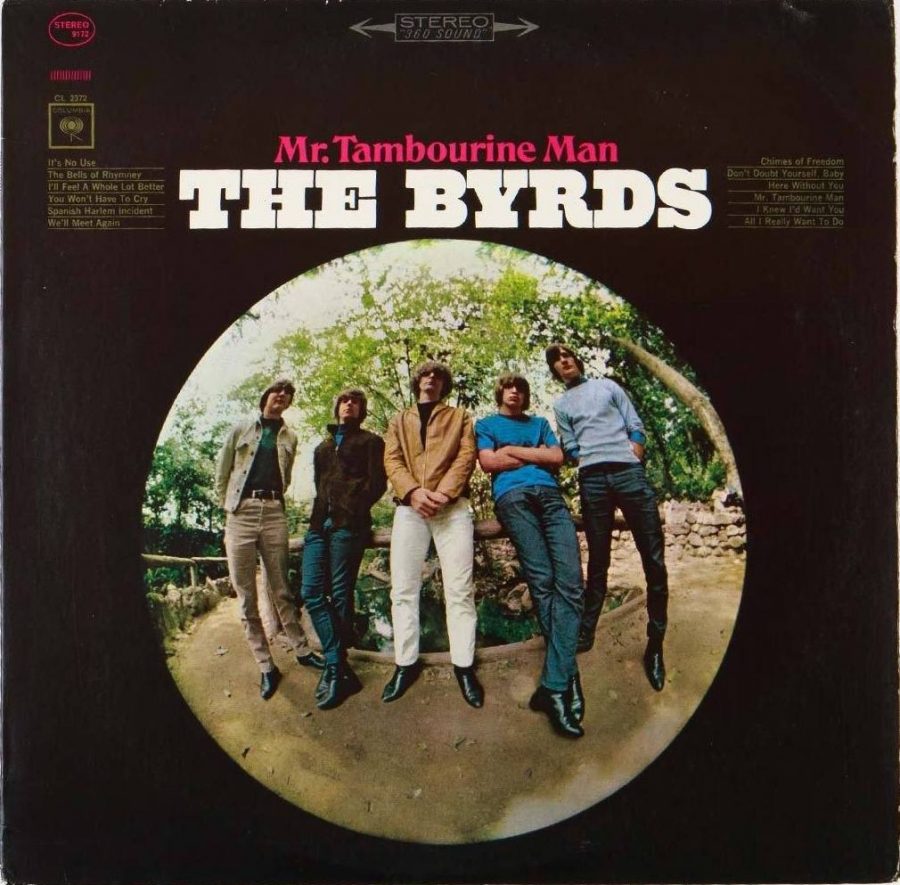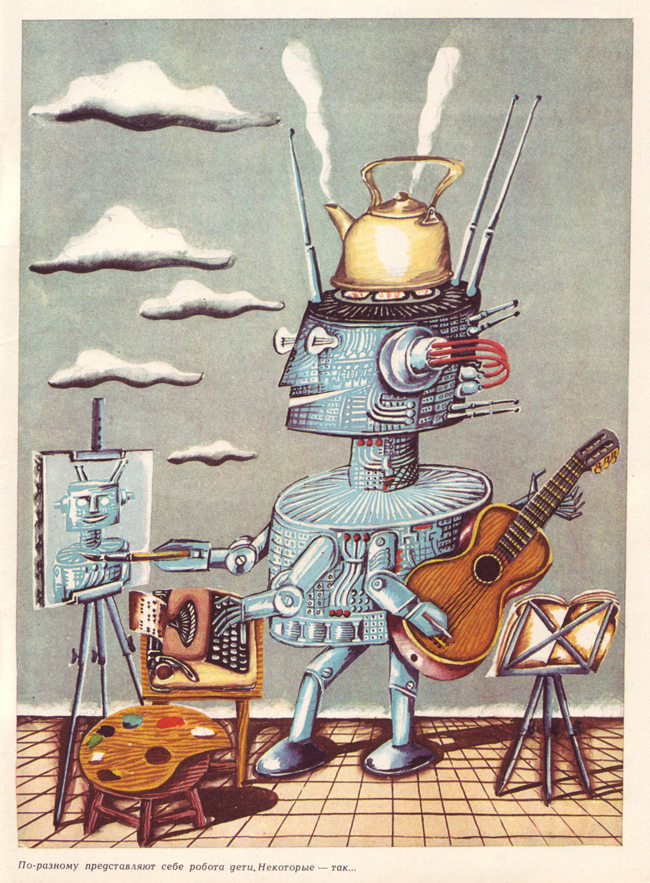All modern art is conceptual in some way, bound to aesthetic theories and combative manifestoes against complacency. But only in the movement known as capital “C” Conceptual Art do the ideas become more important than the objects. Conceptual Art traces its history to Marcel Duchamp and the Surrealists who declared war on the bourgeois cultural status quo.
Later experimental artists did the same by elevating mass culture to the status of high art: advertising, comic books, Hollywood spectacle, and—in the past twenty-five years or so—the Internet: Pop Art foregrounded concepts over objects by means of pastiche and metacommentary. The work of L.A. artist Ed Ruscha, for example, centers slogans and clichés over ambiguous images that sometimes look like stock desktop backgrounds.
Both Duchamp and Ruscha were influences on American Conceptualist John Baldessari, who passed away yesterday at age 88, leaving behind a legacy as “arguably America’s most influential Conceptual artist,” according to L.A. Times critic Christopher Knight. Born of European parents and raised in Southern California, Baldessari incorporated humor, satire, and Pop Art elements into his work.
He did not begin his career, however, as part of a movement, and he never expected to have much of an audience. In the early sixties, he was teaching high school art in San Diego and felt “totally isolated,” he says in the interview with Knight below. Baldessari resigned himself to a “normal life,” painting when he could on the weekends. These conditions inspired him to “try to figure out what art meant for me, what was the bottom line.”
Baldessari answers the question, to laughs from the audience, with typical laconic wit: “anything you put on canvas is art.” Baldessari reversed Duchamp’s formula. Put a cinderblock in a museum, he says, and it becomes art through context, but put a canvas on the street and it doesn’t become something else. It always retains its status as an art object. Such objects, for Baldessari, served mainly as material platforms for ideas.
“Pictures are not enough, Baldessari seems to suggest,” writes Alex Greenberger in an ARTnews tribute. “Concepts matter equally, if not even more.” Baldessari has been called “the godfather of Conceptual Art” for this insight, says Tom Waits says in his narration of “A Brief History of John Baldessari” at the top. He’s also been called a “master of appropriation” and “Surrealist for the digital age.” He never limited himself to just canvas but worked in almost every medium of visual and textual art.
Those media included credit card and iPhone app design. Art isn’t only material: it is virtual, ephemeral, and disposable. Baldessari demonstrated his own commitment to destroying the past when, in 1970, he burned all of the work he had made between 1953 and 1966 for a conceptual piece called The Cremation Project. But he wasn’t an art world anarchist. As he toyed with and challenged tradition, he also helped instill it.
Baldessari become famous enough to have warranted a guest spot on The Simpsons (and was awarded a National Medal of Arts). He became wealthy enough by far to quit his day job. But he never stopped teaching, from high school to posts at CalArts, UCLA, and UC San Diego. “I’ve taught all my life,” he said in 2003, “Everything from grade school to college to juvenile delinquents.”
We might be inclined to see in his teaching philosophy a key to understanding his conceptual universe: “I set out to right all the things wrong with my own art education. But I found that you can’t really teach art, you can just sort of set the stage for it.”
Related Content:
Hear Marcel Duchamp Read “The Creative Act,” A Short Lecture on What Makes Great Art, Great
Roy Lichtenstein and Andy Warhol Demystify Their Pop Art in Vintage 1966 Film
When Brian Eno & Other Artists Peed in Marcel Duchamp’s Famous Urinal
Josh Jones is a writer and musician based in Durham, NC. Follow him at @jdmagness












